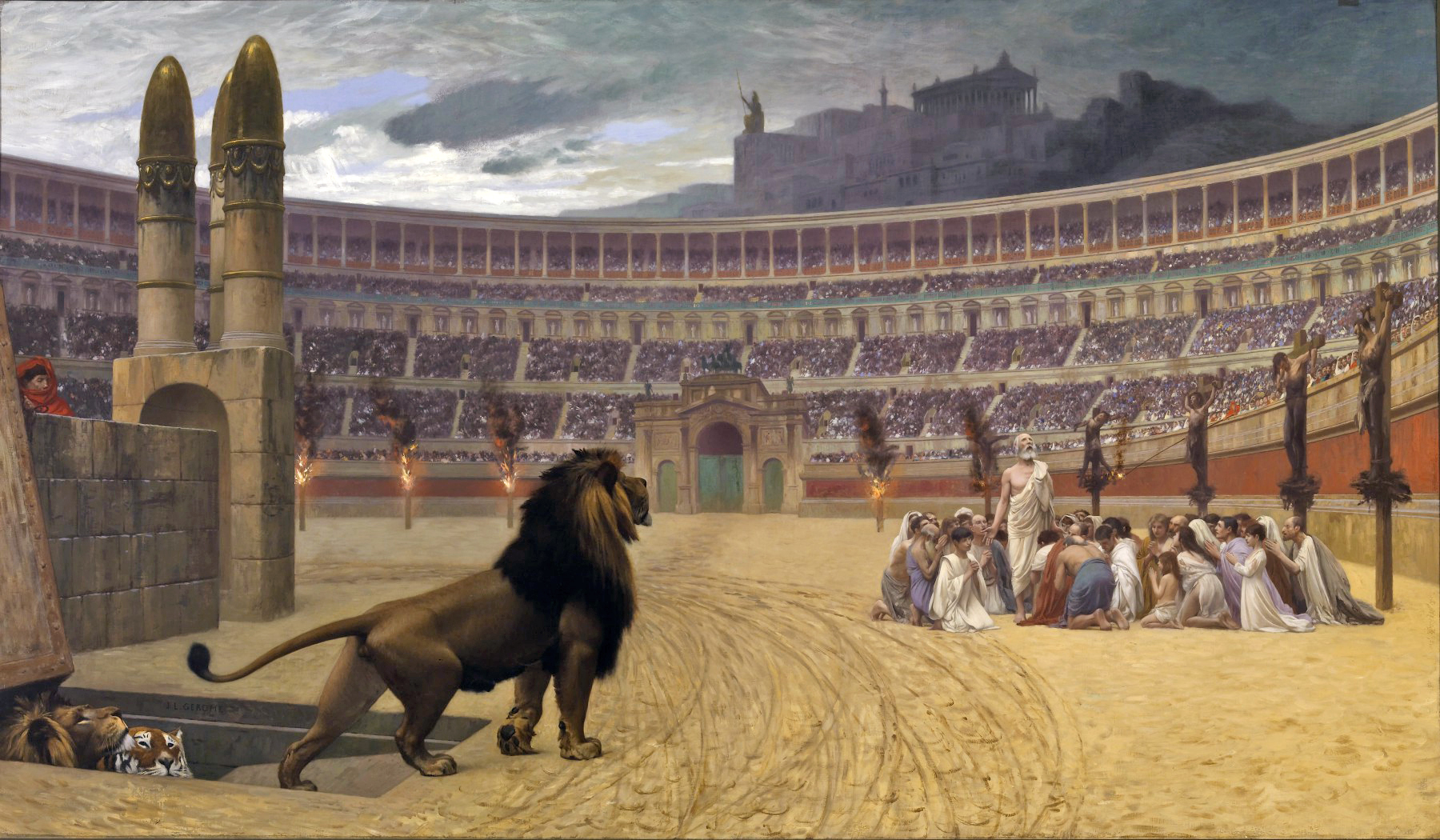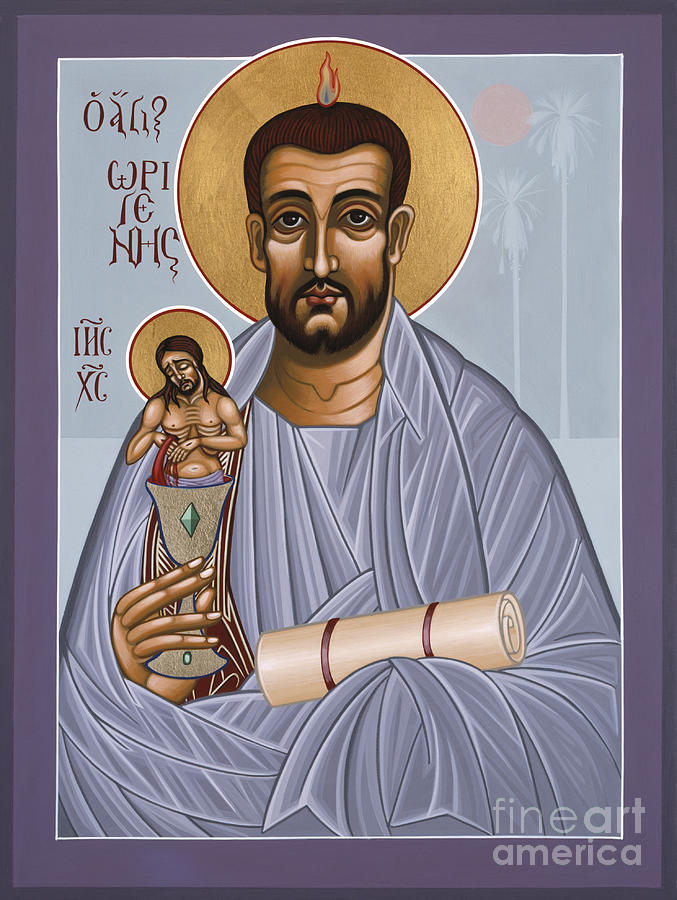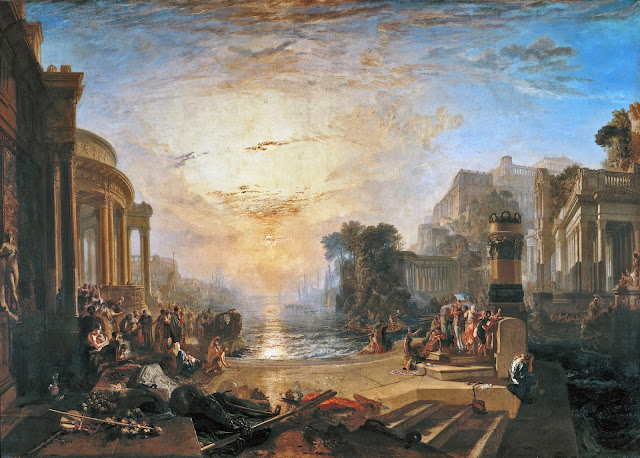The Black Legend has significantly shaped Americans' perceptions of Spanish colonial history, and a correlation can be drawn with critical narratives about the United States. While abuses undoubtedly occurred in Spain’s colonies, the Black Legend often ignores or distorts Spain’s efforts to address these issues—just as critiques of U.S. history frequently overlook its attempts at reform.
The Black Legend as Propaganda
The Black Legend was largely a Dutch and English propaganda campaign aimed at discrediting Spain during the height of imperial rivalry. It exploited Spain’s openness to addressing problems within its colonies—such as slavery and the mistreatment of indigenous peoples—weaponizing these discussions to portray Spain as uniquely cruel and morally corrupt.
Instead of commending Spain for its willingness to reform, rival nations used these self-critical debates to undermine Spanish influence. This narrative has endured, overshadowing Spain’s significant efforts to mitigate abuses, such as the Laws of the Indies and the advocacy of figures like Bartolomé de las Casas.
Spain’s Commitment to Reform
From the reign of Queen Isabella I, the Spanish Crown demonstrated a commitment to protecting indigenous peoples. Isabella declared in 1500, “The Indians are free and not subject to servitude,” aligning her policies with papal decrees like Sicut Dudum (1435) and Sublimis Deus (1537), both of which condemned slavery.
A papal bull is a formal proclamation or decree issued by the pope. Named after the lead seal (or bulla) that authenticates it, papal bulls historically addressed significant matters of faith, governance, or social issues. In Sicut Dudum, Pope Eugene IV explicitly forbade the enslavement of indigenous peoples in the Canary Islands, calling for their liberation and threatening excommunication for those who violated the decree. Similarly, in Sublimis Deus, Pope Paul III reaffirmed the inherent dignity of all humans, declaring that indigenous peoples are rational beings with the right to freedom and property, attaching the same severe penalty for disobedience.
These threats of excommunication were not taken lightly, especially by devout Catholic rulers like Isabella I, Charles V, and Philip II of Spain. As monarchs who saw themselves as protectors of the faith, ignoring such decrees could have jeopardized their spiritual standing and legitimacy in the eyes of their subjects and the Church. This strong moral and religious obligation influenced their policies and reforms, such as Isabella’s early declaration that “The Indians are free and not subject to servitude,” Charles V’s implementation of the New Laws of 1542 to curb abuses in the colonies, and Philip II’s enactment of the comprehensive Laws of the Indies in 1573, which integrated Christian principles into colonial governance and mandated the humane treatment of indigenous peoples.
The Role of Bartolomé de las Casas
Bartolomé de las Casas was instrumental in highlighting abuses in the colonies. His A Short Account of the Destruction of the Indies (1542) vividly depicted the suffering of indigenous peoples, using hypnotic and emotionally charged language to capture the attention of the Spanish Crown and the broader public. While some of his claims were exaggerated, this rhetorical approach was effective in spurring debates within Spain about colonial practices. However, it also became food for propaganda used by Spain's enemies, who weaponized his accounts to support the Black Legend narrative and portray Spain as uniquely cruel and oppressive.
A Correlation with U.S. History
The Black Legend serves as a historical precursor to what might be termed a "new Black Legend" directed at the United States. Just as Spain’s openness to self-critique was weaponized against it, the U.S. often sees its shortcomings emphasized in critical narratives while its reforms and efforts to address these failings are downplayed or ignored.
For both Spain and the U.S., openness to discussing and correcting problems is a sign of moral courage and accountability, not weakness. In contrast, authoritarian regimes conceal abuses, avoiding external critique while failing to address internal issues. Ironically, the very openness to reform—a hallmark of free societies—becomes a vulnerability in the hands of propagandists.
Balancing the Narrative
Approaching history with nuance is essential. Acknowledging abuses is necessary, but so is recognizing the efforts to reform and the cultural and moral frameworks that enabled those reforms. In Spain’s case, the Laws of the Indies, the advocacy of figures like Bartolomé de las Casas, and the leadership of monarchs like Isabella, Charles V, and Philip II reflect a consistent intent to align colonial practices with justice, and Christian virtue, even if enforcement sometimes fell short.
Similarly, critiques of U.S. history should not overlook the country’s ongoing commitment to addressing its failings. Both Spain and the U.S. illustrate that societies willing to grapple with their flaws are ultimately stronger and more just than those that deny or conceal them.
If you’d like to explore these parallels or specific examples further, I’d be happy to continue the conversation. Balancing critique with acknowledgment of progress and reform is vital to understanding history and fostering a just society.
















